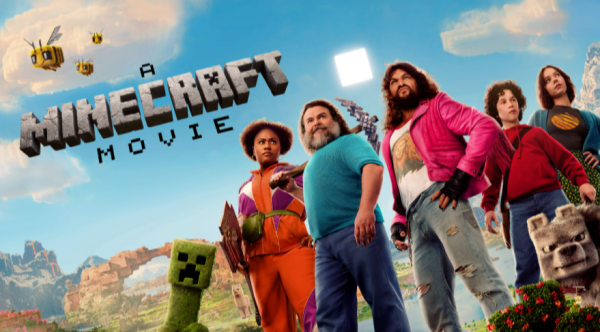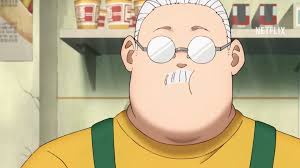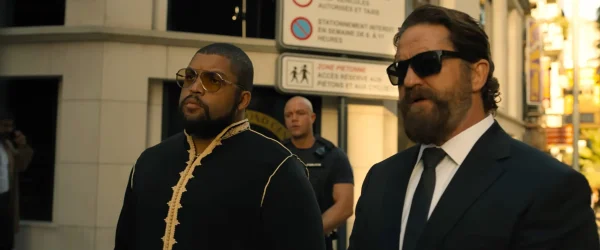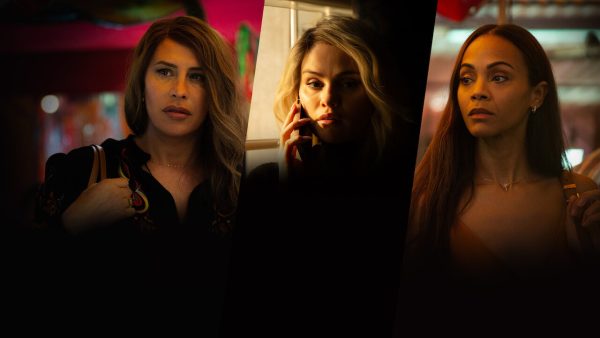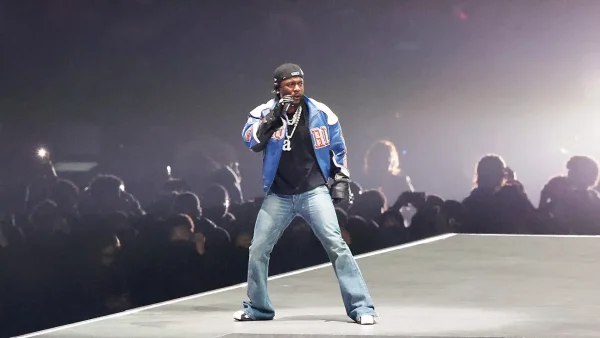The history behind dream catchers
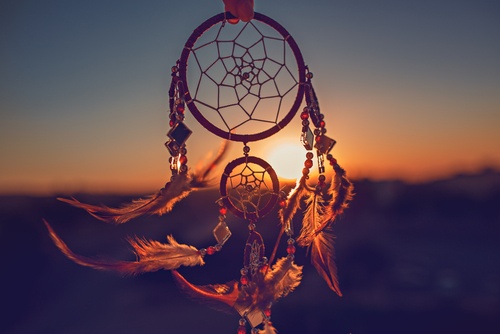
Have you ever had bad dreams? Well, dream catchers are one of the most used items that have the ability to take away bad dreams that fly freely in the night. The dream catcher was originally made by the Ojibwe people. As years passed on, other tribes, nations, and cultures adopted the dream catcher. Making it into their own. As the dream catchers were being adopted, the history and meaning behind them were changed. The dream catcher originated with the Asabikeshiinh. Which is a word for spider women. This woman was the keeper for all infants and adults. As the Ojibwe people started to spread, it made it hard for the keeper to take care of all the infants and adults.
In order to make sure the Ojibwe people were safe, the women used willow branch hoops, sinew to weave webs, and added beads or feathers as a protection charm for the children so no harm would come near them.
The dream catcher has “wooden hoops about 3 ½ inches in diameter filled with an imitation of a spider’s web made of fine yarn, usually dyed red. In old times this netting was made of nettle fiber,” says renowned ethnographer, Frances Densmore. Each part of the dream catcher has a meaning. The hooping which is either circular or tear dropped is for the frame of the web or can be represented as the circle of life. The webbing is represented as a spider web in order to catch the bad dreams and stop them from entering their mind, but for the Lakota, it catches the good dreams. The feathers are so the good dreams can glide down and enter the dreamer’s mind gently.
Dream catchers symbolize oneness among multiple indigenous people cultures and regions. This is why it is used in intermarriage and sometimes trade. It’s also used as an indicator of Native American identity. According to PowWows‘s What is a Dream Catcher? Native Americans believe dream catchers are being misused and exploited by non-Native Americans. As the dream catchers became more popular outside of the Ojibwe tribe, many forms of them were being created and did not resemble the traditional style. Native American people found this as an undesirable form of cultural appropriation.
If you pay close attention to a traditional dream catcher and a non-traditional dream catcher, you would be able to see that the feathers are fake and the webbing is not like the original dream catcher. The new styles that are being made are a violation of the culture, beliefs, and traditions attached to the original dream catcher. Dream Catchers are starting to become more American than Native American.
As the dream catcher was being spread through trade. western tribes contracted them. The Lakota had their own legend about the dream catchers but with a trickster god which often had an appearance in the form of a spider. According to Verlo‘s Myths and Legends Behind Dream Catchers, for the Lakota tribe, the dream catcher meant “the web of life”. Dream catchers in the Lakota tribe are meant to filter out the bad ideas from society from the good so that people will be able to accomplish their dreams and visions for life.
As more non-Natives made money from selling dream catchers, legality became a problem. Unethical people started to sell the Native American craft claiming it to be from that specific tribe. Native Americans were the first ones to create dream catchers and their innovative and tribal beliefs have caused it to spread around the world.
Your donation will support the student journalists of Parkdale High School. Your contribution will allow us to cover our annual website hosting costs and publish some printed editions, as well.
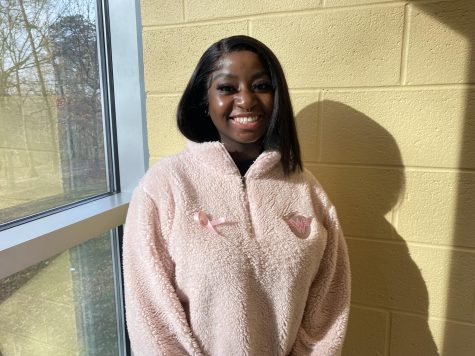
Princess Passie is a senior year, and this is her first full year on The Paw Print staff. She contributes to the staff by writing informational articles....

